

Articles
How To Choose A Painting For Living Room
Modified: January 6, 2024
Looking for articles on how to choose a painting for your living room? Discover expert tips and advice to enhance your space with the perfect artwork.
(Many of the links in this article redirect to a specific reviewed product. Your purchase of these products through affiliate links helps to generate commission for Storables.com, at no extra cost. Learn more)
Introduction
Choosing the perfect painting for your living room can be a daunting task. The right artwork has the power to transform your space, adding a touch of personality, color, and style. It becomes a focal point, capturing the attention of both residents and guests. However, with so many options available, it can be overwhelming to find the ideal piece that complements your living room’s aesthetic and enhances its overall ambiance.
In this article, we will guide you through the process of selecting a painting for your living room. We will discuss various factors to consider, such as the style, size, color palette, lighting, mood, subject matter, impact on space, quality, and budget. By the end, you will have the knowledge and confidence to make an informed decision that will bring your living room to life.
Key Takeaways:
- Choose a painting that reflects your personal style, resonates with your emotions, and complements your living room’s theme and color palette. Consider the subject matter, size, and lighting to create a harmonious and visually appealing space.
- Prioritize quality and durability when selecting a painting, ensuring it withstands the test of time and adds long-term value to your living room. Set a realistic budget and explore options that align with your financial boundaries while bringing beauty and inspiration to your space.
Read more: How To Choose Living Room Furniture
Consider the style and theme
When choosing a painting for your living room, it is important to consider the overall style and theme of the space. The artwork should complement and enhance the existing décor, creating a cohesive and visually appealing look.
If your living room has a modern or contemporary style, you may want to consider abstract or minimalist artwork. These styles often feature bold colors, geometric shapes, and clean lines, creating a sleek and sophisticated atmosphere. On the other hand, if your living room has a traditional or vintage theme, landscapes, portraits, or still-life paintings may be more suitable. These artworks can add a touch of elegance and nostalgia to the space.
Additionally, take the color scheme of your living room into account when selecting a painting. You don’t want the artwork to clash with the existing colors but rather complement or provide a subtle contrast. Consider the dominant colors in the room and choose a painting that incorporates those hues harmoniously.
Consider your personal style and preferences as well. The artwork should reflect your taste and resonate with you on a deeper level. It is important to connect with the piece emotionally, as it will become a focal point in your living room and a reflection of your personality.
Lastly, think about the theme or message you want the painting to convey. Are you looking for something calming and serene, or something vibrant and energetic? Do you want the artwork to evoke a specific emotion or tell a story? Understanding the intended theme or mood of the painting will help you narrow down your options and find a piece that aligns with your vision.
Determine the size and proportion
Choosing the right size and proportion for your painting is essential to ensure that it fits appropriately within your living room space. The size of the artwork can greatly impact the overall aesthetic and visual balance of the room.
First, consider the dimensions of the wall where you plan to hang the painting. You want the artwork to be proportionate to the wall space, neither too small that it gets lost nor too large that it overwhelms the room. Measure the wall and take note of the available height and width.
Next, consider the furniture and other elements in your living room. The painting should complement the size of the furniture, such as the sofa or the TV console, without overshadowing them. As a general rule, the artwork should be around two-thirds to three-quarters the width of the furniture it hangs above.
Another factor to keep in mind is the viewing distance. Think about where people will be sitting or standing in the living room and ensure that the painting is easily visible from those positions. If the artwork is too small, people may struggle to fully appreciate its details and impact.
Additionally, consider the height at which you plan to hang the painting. Eye level is generally the ideal height, as it allows for comfortable viewing. However, if you have high ceilings or prefer a more dramatic effect, you can hang the artwork higher to create a sense of verticality and make the room appear more spacious.
Ultimately, the size and proportion of the painting should create a harmonious and balanced composition within your living room. It should enhance the space without overpowering it, and be visually pleasing from both up close and across the room.
Select the right color palette
Choosing the right color palette for your painting is crucial in creating a cohesive and harmonious look in your living room. The colors should complement the existing decor and contribute to the overall atmosphere and mood of the space.
First, consider the dominant colors in your living room. Take note of the wall color, furniture upholstery, curtains, and other decorative elements. You can choose a painting that incorporates those colors to create a sense of unity and coherence.
Alternatively, you can opt for a painting that provides a subtle contrast to the existing color scheme. For example, if your living room has neutral or earthy tones, you can choose a painting with a pop of vibrant color to add visual interest and energy to the space.
Also, consider the psychological effects of different colors. Warm colors like red, orange, and yellow can create a cozy and inviting atmosphere, while cool colors like blue and green can evoke a sense of tranquility and relaxation. Think about the mood and ambiance you want to establish in your living room and choose a painting with colors that align with those intentions.
Additionally, take into account the color harmony and balance within the painting itself. Look for a piece with a well-thought-out color composition, where the colors are balanced and complement each other. This will contribute to the overall aesthetic and visual appeal of the artwork.
Don’t be afraid to experiment with different color palettes and combinations. Consider your personal preferences and what resonates with you. Remember, the painting should bring you joy and reflect your individual style.
Lastly, consider the lighting in your living room. Natural and artificial lighting can affect how colors appear. If your living room has abundant natural light, you may want to choose a painting with brighter and more vibrant colors. On the other hand, if your living room has limited natural light or cooler artificial lighting, you may want to choose a painting with warmer and softer color tones.
By selecting the right color palette, you can ensure that your painting seamlessly integrates into your living room, creating a visually stunning and harmonious space that invites comfort and enjoyment.
Assess the lighting in your living room
Lighting plays a crucial role in showcasing and enhancing the beauty of a painting in your living room. Before choosing a painting, it’s important to assess the lighting conditions in your space to ensure that the artwork will be displayed in its full glory.
First, consider the sources of natural light in your living room. Take note of the windows and their placement. Be aware of the direction and intensity of sunlight throughout the day, as this can affect the visibility of the painting. If your living room receives a lot of natural light, it’s important to consider how it will interact with the artwork. Direct sunlight can cause fading and damage to the colors and materials of the painting, so it’s best to avoid hanging it in direct sunlight or use UV-protective glass if necessary.
Next, assess the artificial lighting in your living room. Consider the type and placement of your light fixtures. Different types of lighting, such as ambient, task, and accent lighting, can create different moods and highlight different aspects of the painting. Adjusting the lighting can help create a dynamic and visually engaging display for the artwork.
Experiment with different lighting angles and intensities to see how they affect the painting. Adjustable spotlights or track lighting can be used to highlight specific areas of the artwork, such as the focal point or intricate details. It’s important to find the right balance between showcasing the painting and ensuring that the lighting is not overpowering.
In addition to the lighting fixtures, consider the color temperature of the artificial lighting. Warm white light will create a cozy and inviting atmosphere, while cool white light can give a more contemporary and crisp feel. Choose a lighting temperature that complements the colors and mood of the painting.
Lastly, consider the placement and position of the painting in relation to the lighting sources. Avoid hanging the artwork in areas where there are harsh shadows or glare. Position the painting at a height and angle where it can be easily seen and appreciated without any obstruction from lighting fixtures or furniture.
By carefully assessing the lighting conditions in your living room, you can ensure that the painting is showcased effectively, allowing its colors and details to shine. The right lighting can create a mesmerizing and captivating display that will draw attention to the artwork and enhance the overall ambiance of your living space.
Read more: How To Choose A Living Room Rug
Reflect on the mood and ambiance
When selecting a painting for your living room, it’s important to consider the desired mood and ambiance you want to create in the space. The artwork you choose should align with the overall aesthetic and atmosphere you want to establish.
Start by reflecting on the purpose of your living room. Is it a place for relaxation and tranquility, or is it meant to be vibrant and energetic? The mood you want to set will heavily influence the type of painting you should choose.
If you want a calming and serene ambiance, consider landscapes, abstract paintings with soft colors, or gentle brushstrokes. These types of artwork evoke a sense of peace and tranquility, creating a soothing environment for relaxation.
On the other hand, if you want to infuse energy and vibrancy into your living room, consider bold and vibrant paintings with intense colors or abstract art with dynamic compositions. These types of artwork can create a lively and engaging atmosphere, perfect for socializing or adding a touch of excitement to the space.
Think about the emotions you want the painting to evoke. Do you want it to inspire joy, serenity, or contemplation? The subject matter, color palette, and overall composition of the painting can contribute to these emotions. Consider how the artwork makes you feel and whether it aligns with the intended mood you want to create in your living room.
Additionally, consider how the painting interacts with the other elements in the room, such as furniture and decor. A cohesive and harmonious aesthetic will contribute to the overall mood and ambiance. The artwork should complement the existing elements and enhance the desired atmosphere.
Remember, the ultimate goal is to create a living room that reflects your personal style and resonates with you emotionally. Choose a painting that not only matches the decor but also speaks to you on a deeper level. When you walk into your living room, the artwork should evoke positive emotions and set the desired mood, creating a space that is welcoming, comfortable, and filled with your unique personality.
When choosing a painting for your living room, consider the size of the wall, the color scheme of the room, and the overall style you want to achieve. A larger painting can make a bold statement, while a smaller one can add a subtle touch of color and interest.
Choose a subject matter that resonates with you
When selecting a painting for your living room, one of the most important factors to consider is the subject matter. The subject matter of the artwork should be something that speaks to you personally and resonates with your interests, values, or experiences.
Think about your passions, hobbies, and the things that bring you joy. Do you have a love for nature, animals, or the cityscape? Are you drawn to figurative art, abstract art, or still-life paintings? Consider choosing a painting that showcases a subject matter that you have a strong connection to.
The subject matter should evoke emotions and create a meaningful connection for you. It should be something that you will enjoy looking at every day and that will bring a sense of happiness and inspiration to your living room.
Moreover, consider the story or narrative behind the subject matter. Does the painting tell a story or convey a particular message? Artwork that has a deeper meaning or symbolism can add layers of intrigue and stimulate conversation among your guests.
If you have a specific art movement or style that you admire, such as Impressionism, Cubism, or Surrealism, you may want to choose a painting that exemplifies that style. This will not only bring a sense of cohesiveness to your living room but also allow you to appreciate the artistic techniques and expressions associated with that movement.
It’s also important to consider the level of abstraction in the subject matter. Do you prefer realistic and representational artwork, or are you drawn to more abstract and interpretive pieces? Choose a level of abstraction that resonates with you, as it will greatly influence the atmosphere and visual impact of the painting.
Ultimately, the subject matter of the painting should reflect your personality, interests, and style. It should be a reflection of who you are and what you love. By choosing a subject matter that resonates with you, the painting will not only enhance your living room aesthetically but also bring a sense of personal connection and joy to your space.
Evaluate the artwork’s impact on the space
When selecting a painting for your living room, it’s important to carefully evaluate its impact on the overall space. The artwork should enhance the aesthetic appeal, create a focal point, and contribute to the visual balance of the room.
Consider the size of the painting in relation to the room. A larger artwork can make a bold and impactful statement, especially in spacious living rooms, while a smaller artwork can create a more intimate and cozy feeling. Assess how the size of the painting fits within the available wall space and how it interacts with the other furniture and decor in the room.
Think about the placement of the painting within the living room. It should be strategically positioned to draw attention and become a focal point. The painting can be placed above a sofa, fireplace, or on a feature wall. The key is to find a location where it can be easily seen and appreciated. Additionally, consider the viewing angle from different parts of the room, ensuring that the artwork is visible and enjoyable from various perspectives.
Assess the visual impact of the painting in relation to the other elements in the room. Consider the colors, patterns, and styles of the furniture, curtains, and other decorative pieces. The artwork should complement and harmonize with these elements, creating a cohesive and visually pleasing composition.
Furthermore, think about the visual weight of the painting and how it balances the room. If your living room has a lot of heavy furniture or dark colors, a lighter and more vibrant painting can provide a sense of contrast and balance. On the other hand, if the room has a minimalistic and light color scheme, a more dramatic and bold artwork can add a striking focal point to the space.
Pay attention to the overall atmosphere and mood that the painting creates in the room. Does it evoke a sense of calmness, energy, or intrigue? The artwork should contribute to the desired ambiance and add depth and character to the living room.
Lastly, consider the overall flow and arrangement of the space. The painting should fit seamlessly into the room’s layout and not hinder the functionality or flow of movement. Ensure that there is enough space around the artwork to allow it to shine and be appreciated fully.
By carefully evaluating the artwork’s impact on the space, you can choose a painting that not only enhances the aesthetic appeal of your living room but also creates a harmonious and visually pleasing environment that reflects your personal style and taste.
Look for quality and durability
When choosing a painting for your living room, it’s essential to look for quality and durability. Investing in a well-crafted and long-lasting artwork will ensure that it remains a cherished piece in your space for years to come.
First and foremost, consider the materials used in the creation of the painting. Look for high-quality materials such as archival-grade canvas, acid-free paper, or durable synthetic materials. These materials are designed to withstand the test of time, resisting fading, discoloration, and deterioration.
Examine the craftsmanship and attention to detail in the painting. Pay close attention to the brushstrokes, texture, and overall composition. A well-executed artwork with intricate details and a refined technique will not only enhance the visual appeal but also speak to the skill and dedication of the artist.
Consider the artist’s reputation and credentials. Research their background, training, and experience in creating artwork. Look for artists who have established themselves in the art world, participated in exhibitions, and received recognition for their work. Choosing a painting from a reputable artist ensures that you are investing in a high-quality piece of art.
Assess the overall condition of the painting. Look for any signs of damage, cracks, or discoloration. These issues can detract from the beauty and longevity of the artwork. A well-maintained and cared-for painting will retain its value and visual appeal over time.
Consider the framing or mounting of the painting. A sturdy and well-crafted frame not only protects the artwork but also adds to its aesthetic appeal. Look for frames made from high-quality materials, such as solid wood or metal, that complement the style and theme of your living room.
Furthermore, think about the maintenance and care required for the painting. Paintings, especially those on canvas, may require occasional cleaning or protective coatings to maintain their vibrancy and longevity. Consider the practicality and ease of maintaining the artwork before making your final decision.
Lastly, consider the investment value of the painting. While it’s important to choose a painting that resonates with you personally, it’s also worth considering its potential future value. Research the artist’s market demand, auction records, and collector interest to gain a sense of the artwork’s value in the art market.
By looking for quality and durability in a painting, you are not only investing in a beautiful piece of art for your living room but also ensuring that it will remain a treasured possession for generations to come.
Read more: How To Choose Drapes For Living Room
Set your budget
Setting a budget is an important step when choosing a painting for your living room. It allows you to narrow down your options and ensures that you make a purchase within your financial means. Before beginning your search, take some time to evaluate your budget and determine how much you are willing to spend on a painting.
Consider your overall financial situation and what you are comfortable investing in artwork. Setting a budget will help you focus your search on paintings that fall within your price range, making the decision-making process easier and more efficient.
When determining your budget, consider factors such as the size of the painting, the artist’s reputation, the materials used, and the style of the artwork. Paintings by well-known artists or those made with high-quality materials may come with a higher price tag.
Research and explore various art galleries, online platforms, auctions, or local art fairs to get an idea of the price range for the type of artwork you are interested in. This will give you a sense of the market value and help you set a realistic budget.
Remember that setting a budget doesn’t mean compromising on quality or style. There are many options available at different price points, and you can find beautiful and impactful artwork within your budget. Consider exploring emerging artists or smaller galleries, as they may offer more affordable options without compromising on quality.
It’s also important to consider the long-term value and enjoyment of the painting. While it’s tempting to focus solely on the upfront cost, think about the pleasure and meaning the artwork will bring to your living room for years to come. A well-chosen painting can become an investment that appreciates over time and brings joy and inspiration to your space.
Keep in mind that you can always discuss pricing and payment options with the gallery or artist. They may offer installment plans or discounts, allowing you to acquire the artwork within your budget.
Setting a budget for your painting purchase is a practical and necessary step that ensures you make a well-informed decision while staying within your financial boundaries. By doing so, you can confidently explore options that align with your budget and find a painting that brings beauty and value to your living room.
Conclusion
Choosing the perfect painting for your living room is an exciting and creative process. By considering important factors such as the style, size, color palette, lighting, mood, subject matter, impact on space, quality, and budget, you can make a decision that enhances the overall ambiance and aesthetic appeal of your living space.
Reflect on your personal style and preferences, and select a painting that resonates with you on a deeper level. Focus on the subject matter that brings you joy and connects with your interests and values. Consider the impact of the painting on the space, ensuring visual balance and harmony. Evaluate the quality, durability, and craftsmanship of the artwork to ensure a long-lasting and cherished investment.
Additionally, pay attention to the color palette and lighting conditions in your living room. A well-chosen color scheme and thoughtful lighting can enhance the visual impact and bring the painting to life. Set a budget that aligns with your financial situation and explore options within that range to find a painting that fits your desired aesthetic without breaking the bank.
Ultimately, choosing a painting for your living room is a personal decision. It should reflect your unique personality, style, and taste. The painting becomes a storytelling element within your space, creating a focal point and adding depth and character to the overall ambiance.
Whether it’s a serene landscape, a vibrant abstract, or a classic portrait, the right painting can transform your living room into a haven of beauty and inspiration. Take your time, do thorough research, and trust your instincts. By following these guidelines and allowing your personal preferences to guide you, you will find the perfect painting that will bring joy, captivate your guests, and make your living room truly one-of-a-kind.
Frequently Asked Questions about How To Choose A Painting For Living Room
Was this page helpful?
At Storables.com, we guarantee accurate and reliable information. Our content, validated by Expert Board Contributors, is crafted following stringent Editorial Policies. We're committed to providing you with well-researched, expert-backed insights for all your informational needs.
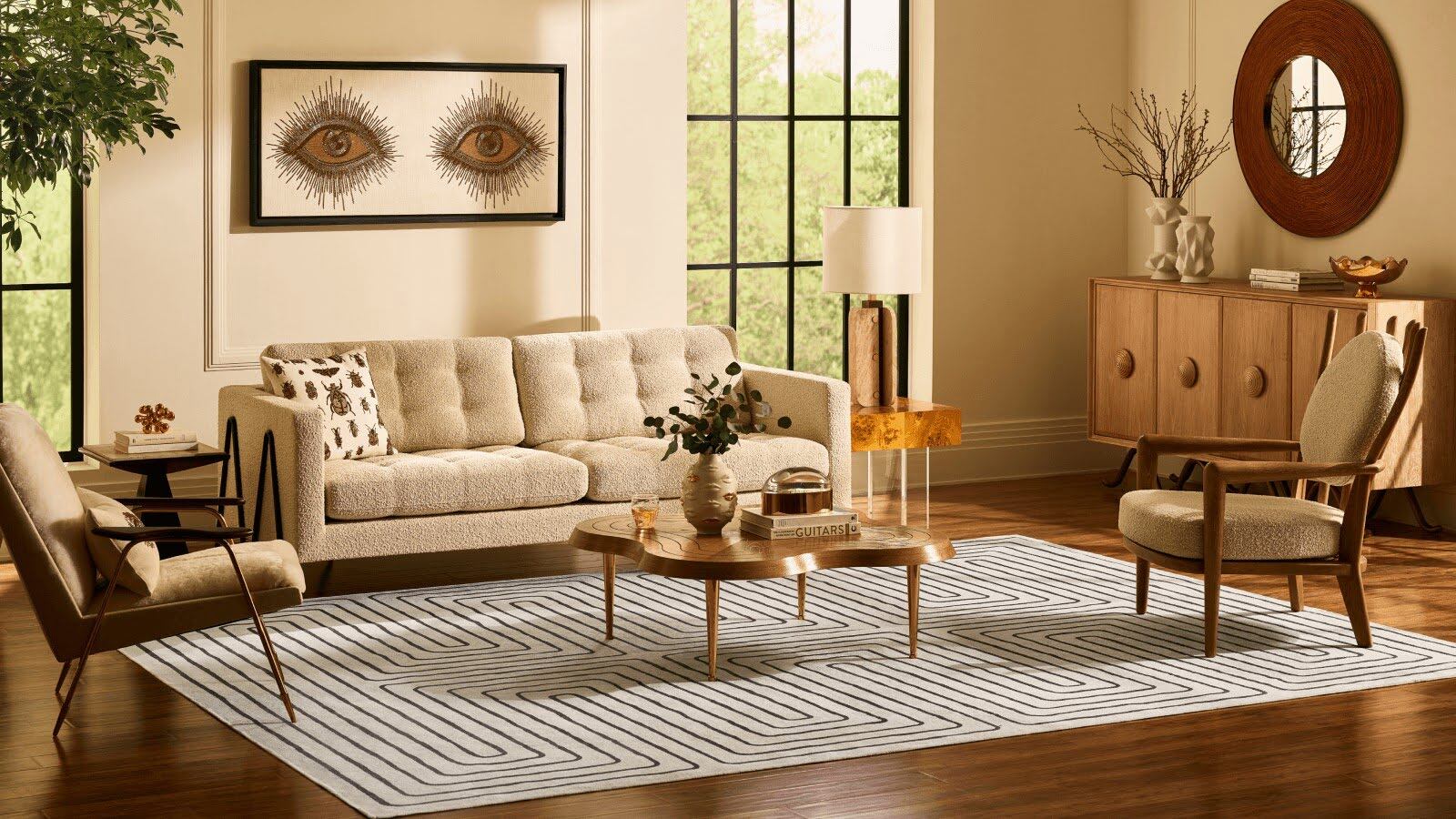
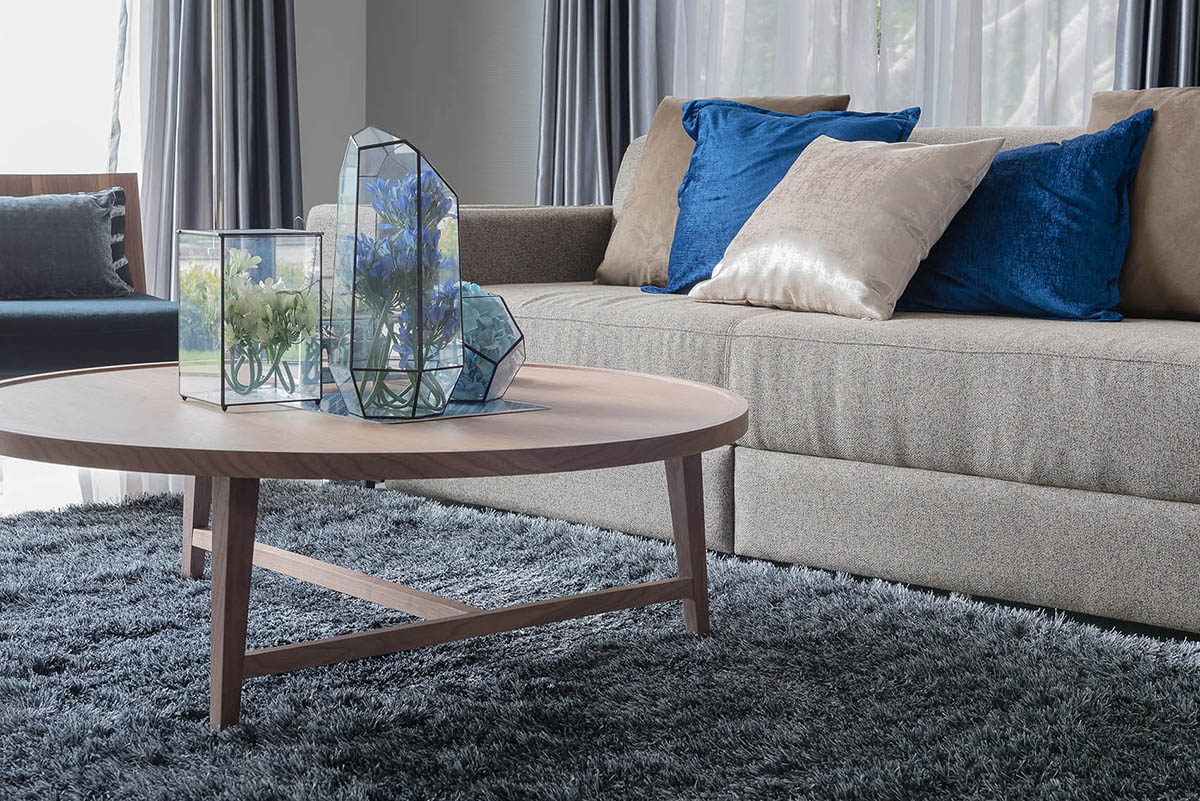
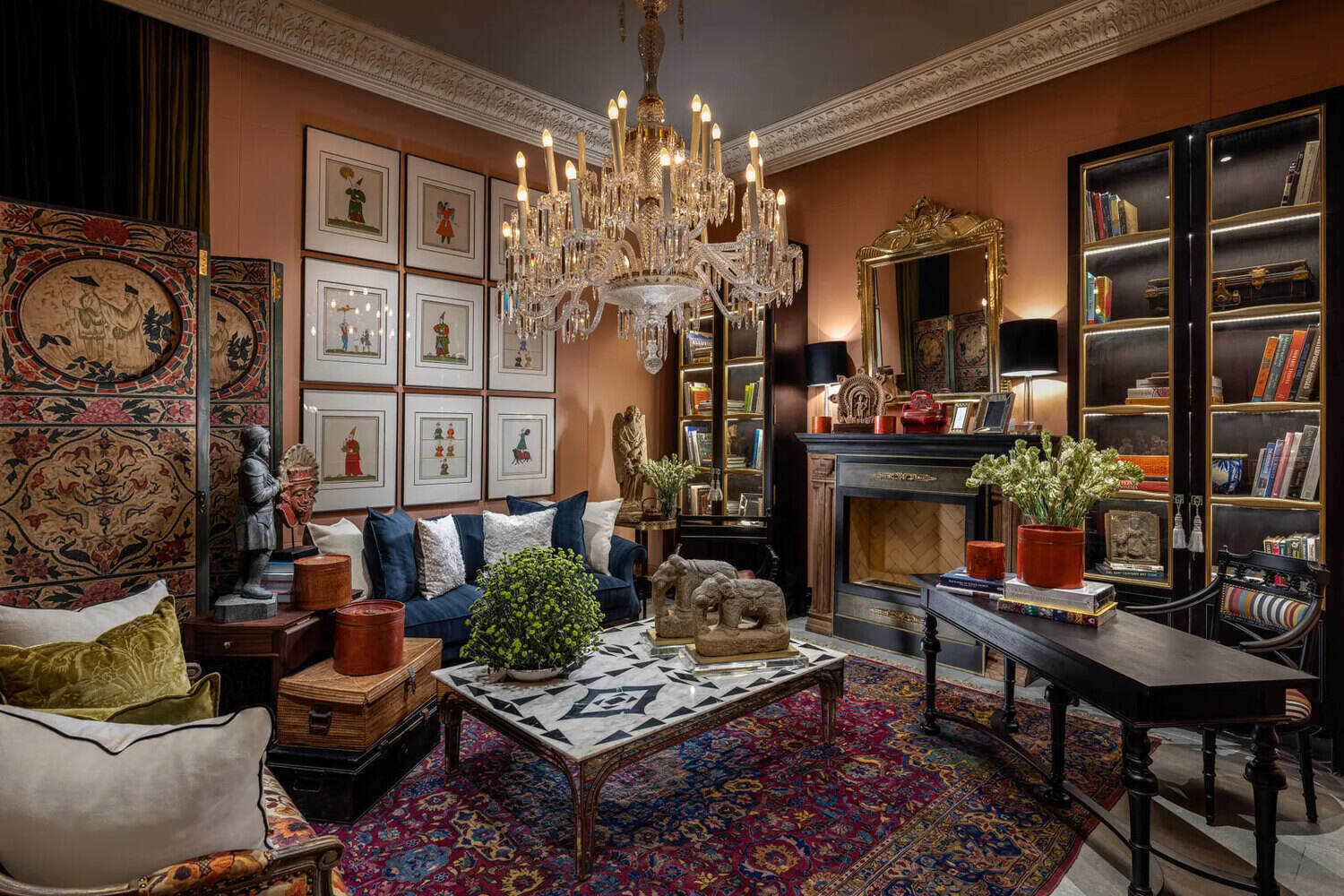
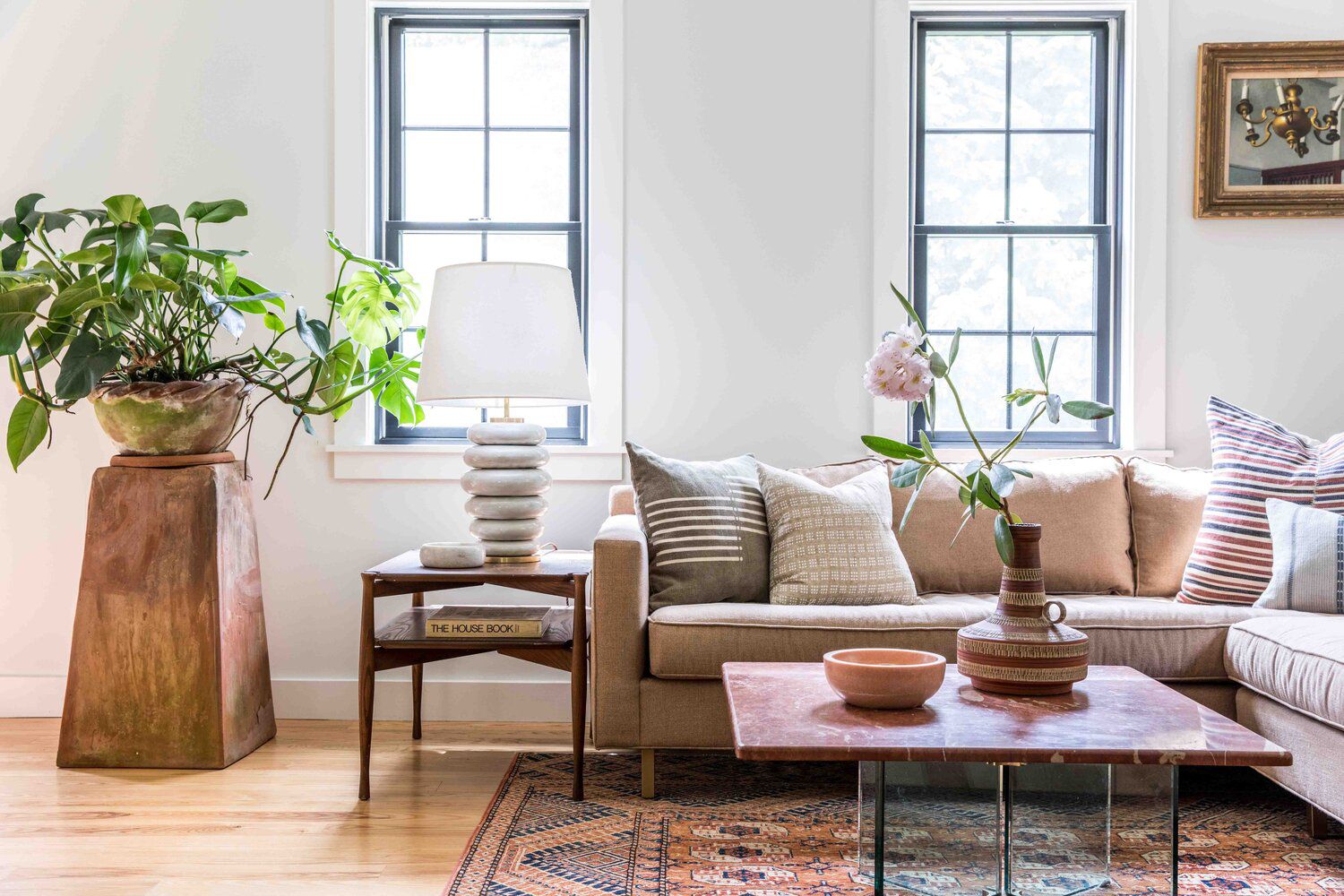
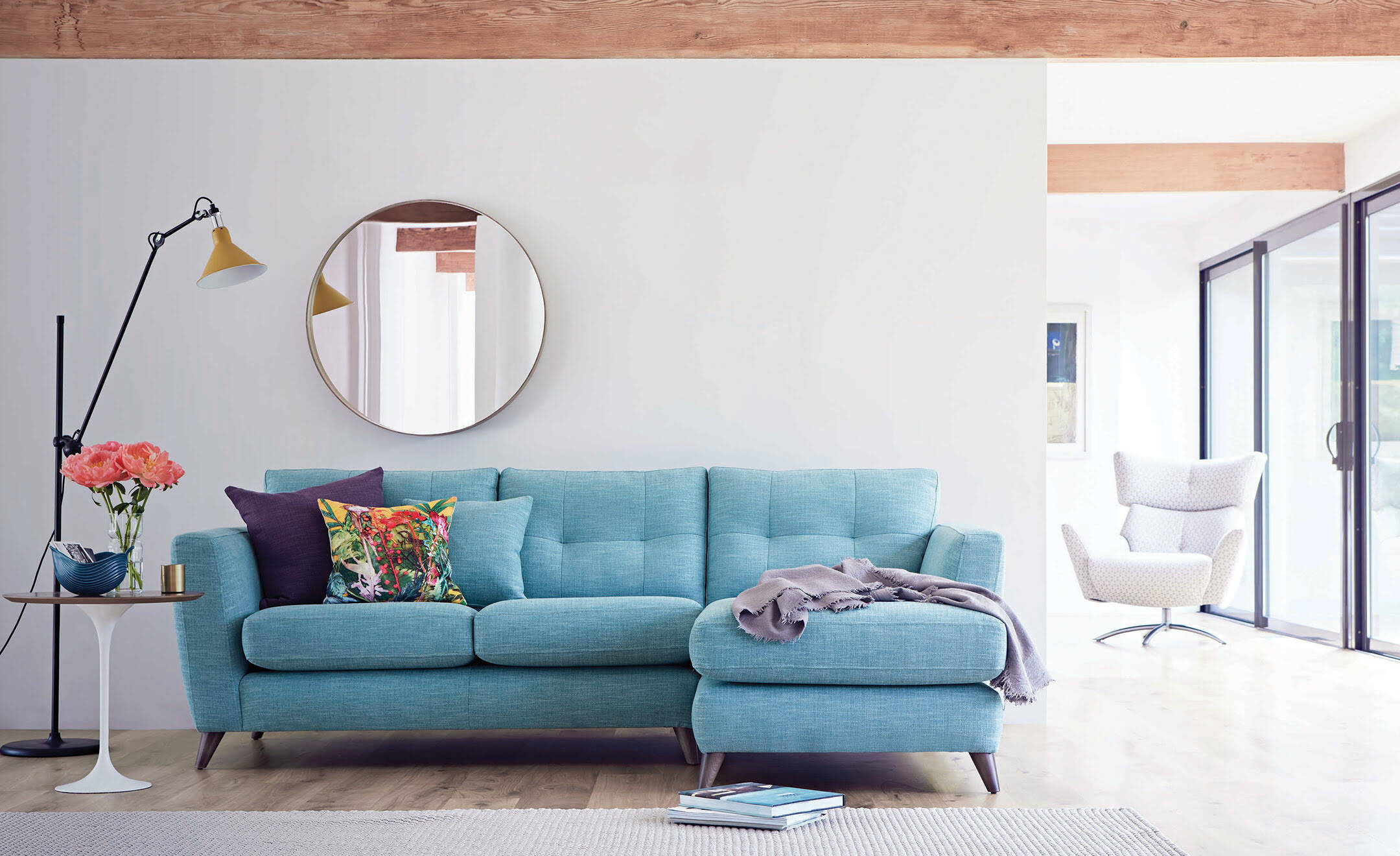

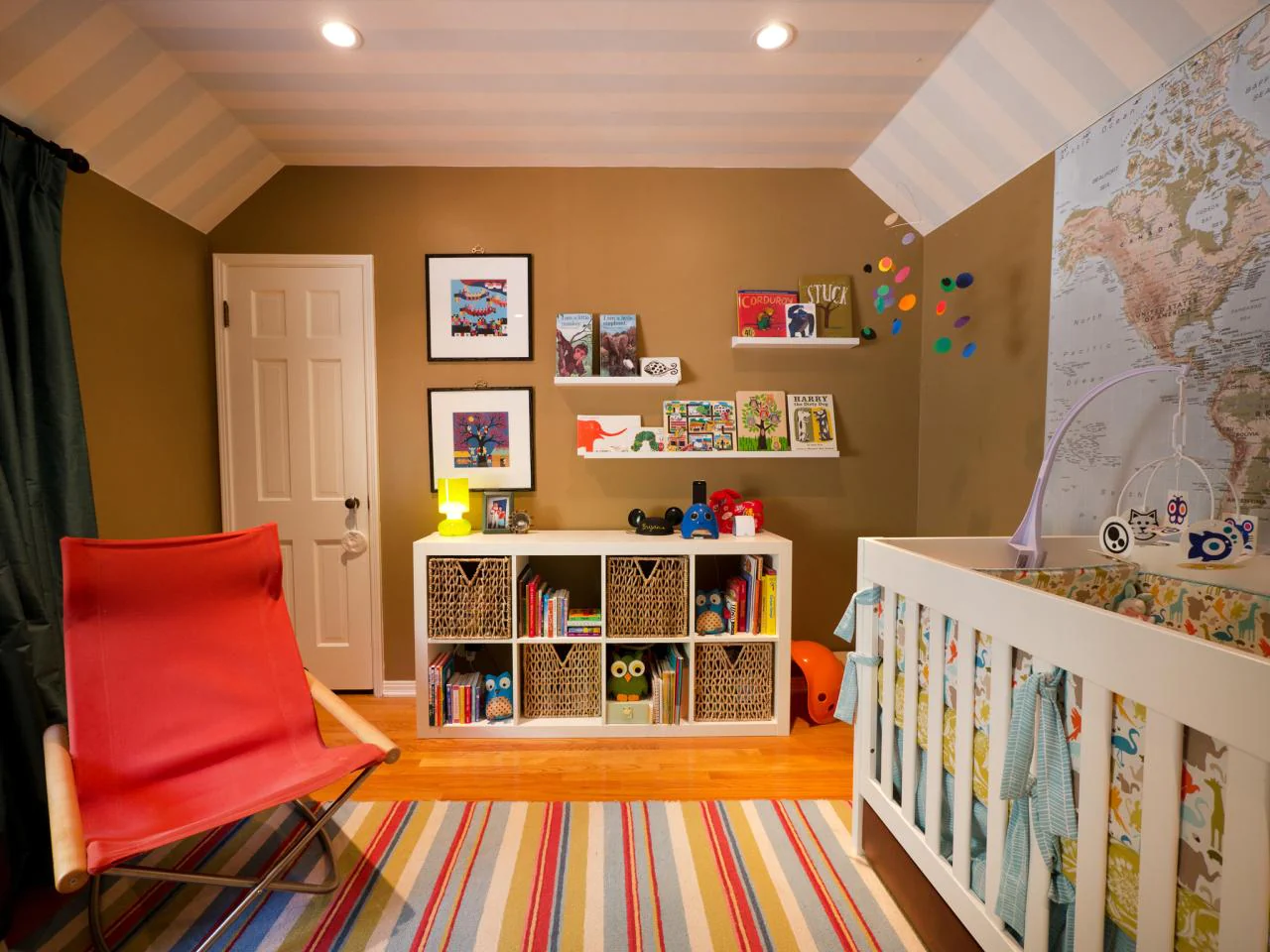
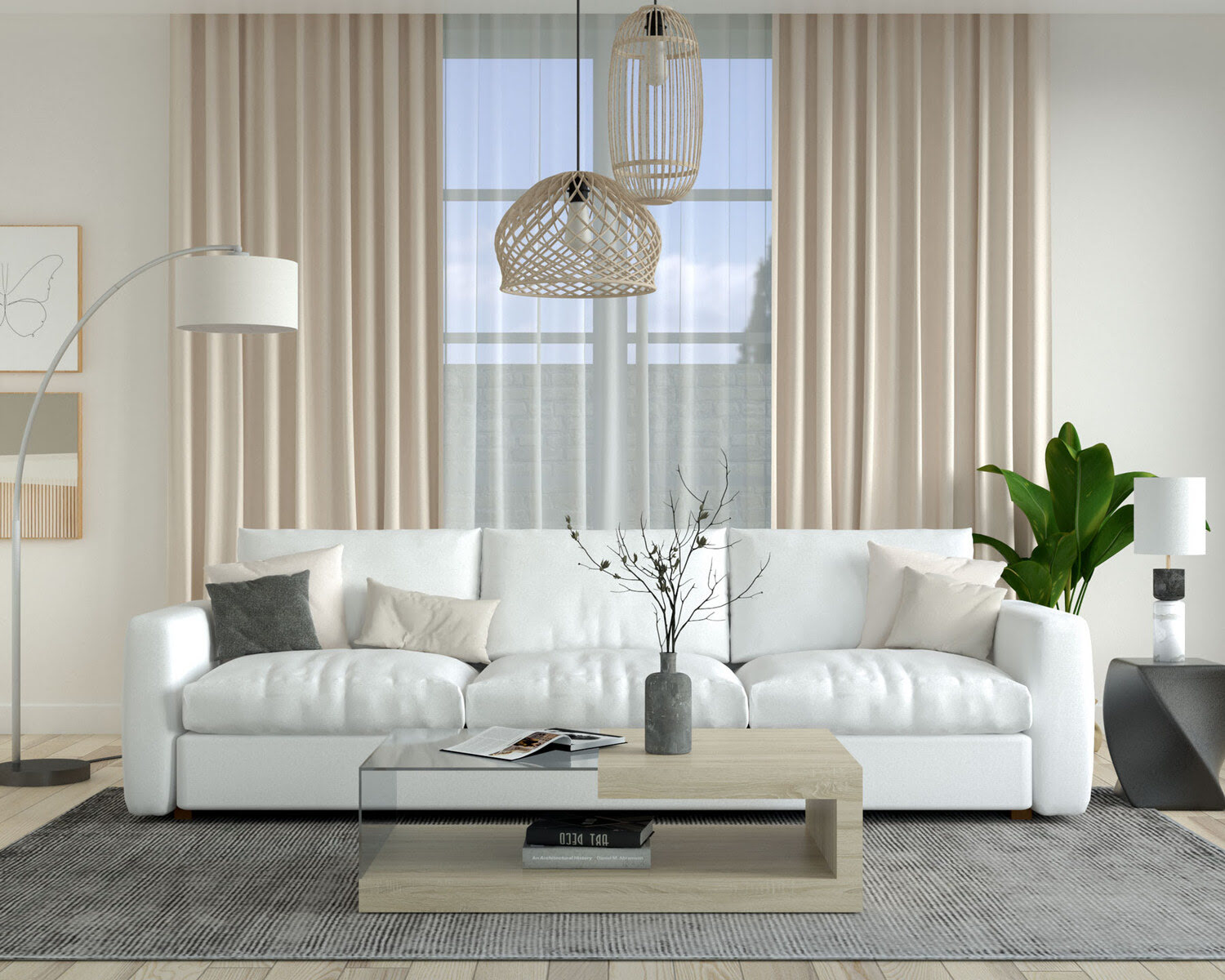
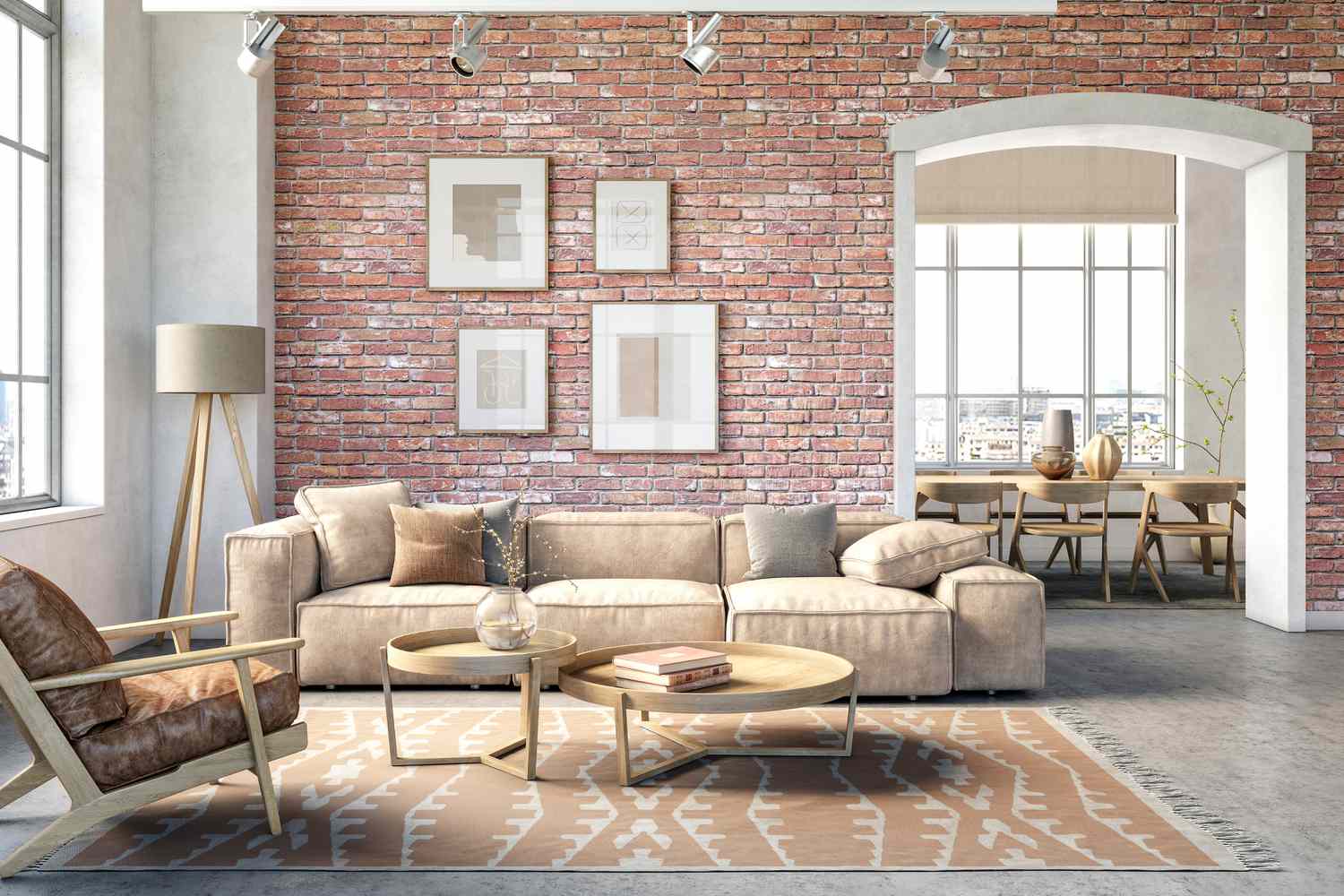
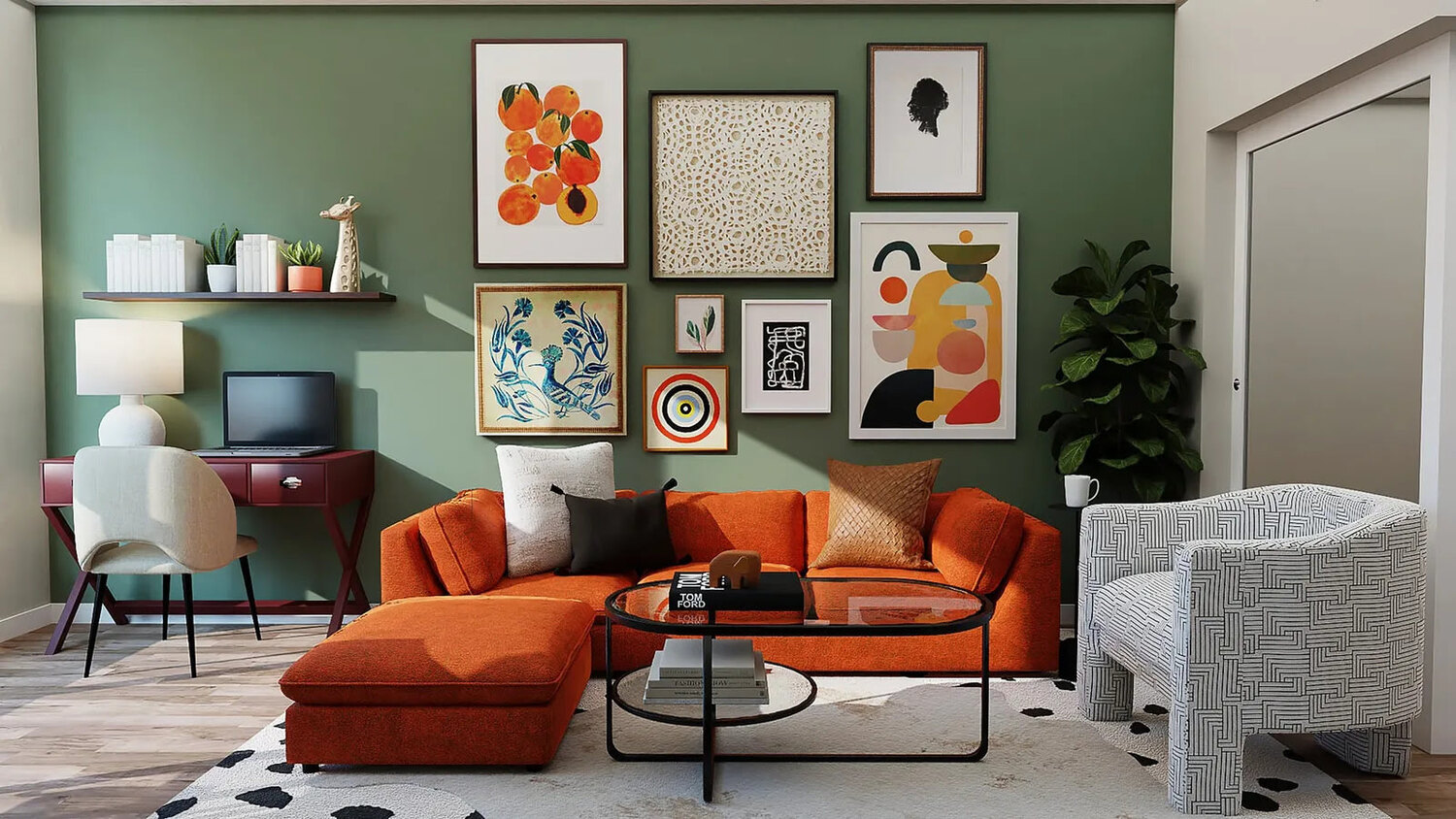

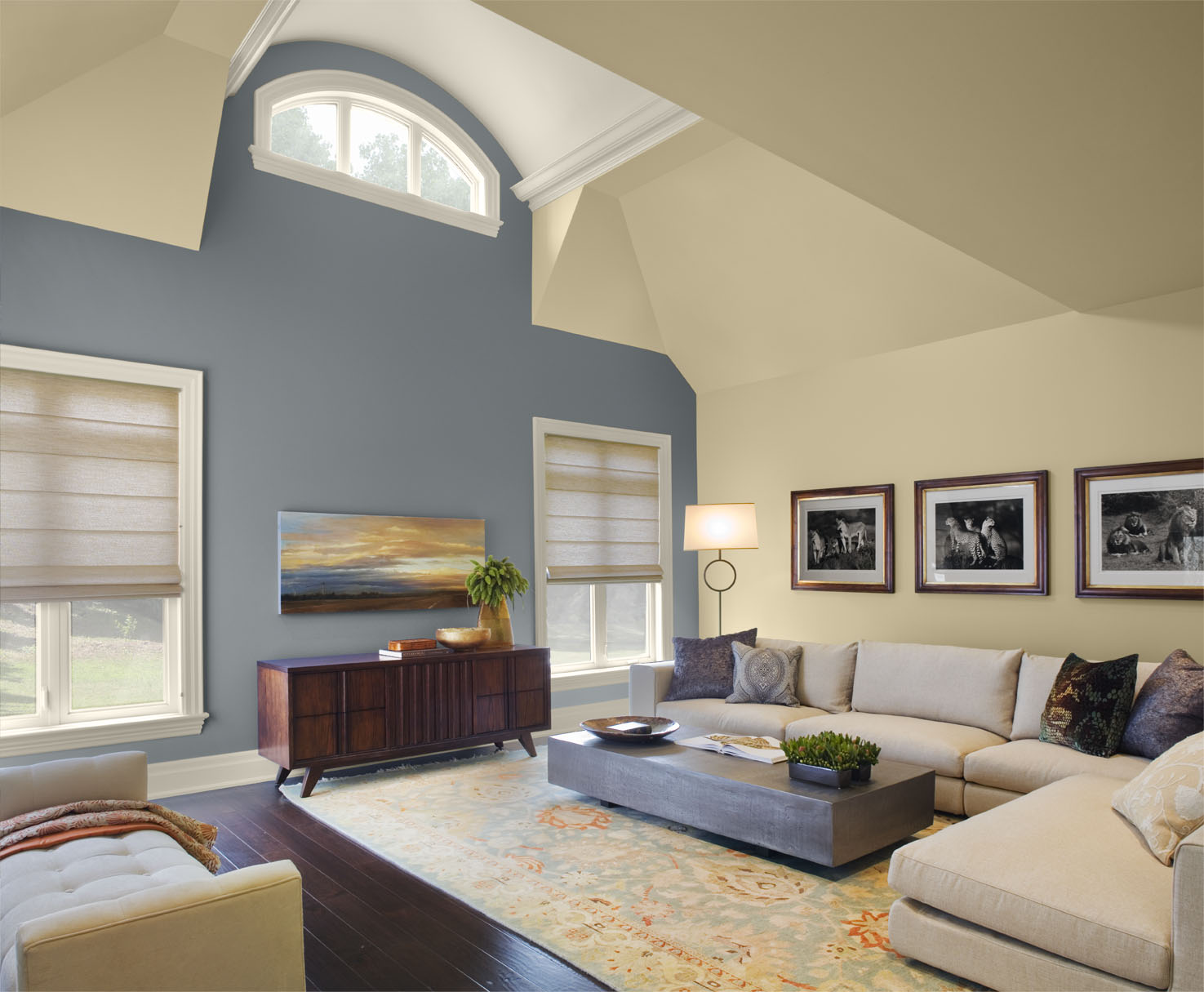


0 thoughts on “How To Choose A Painting For Living Room”